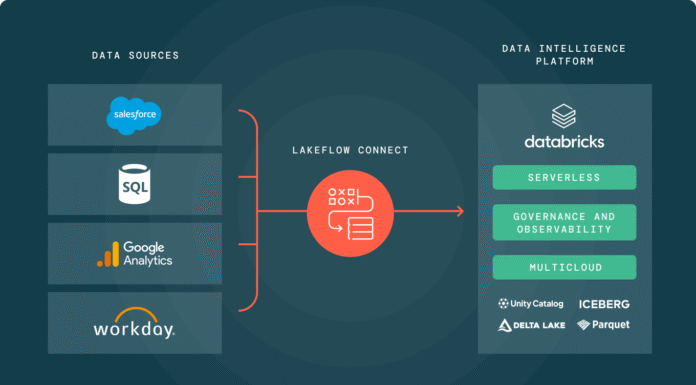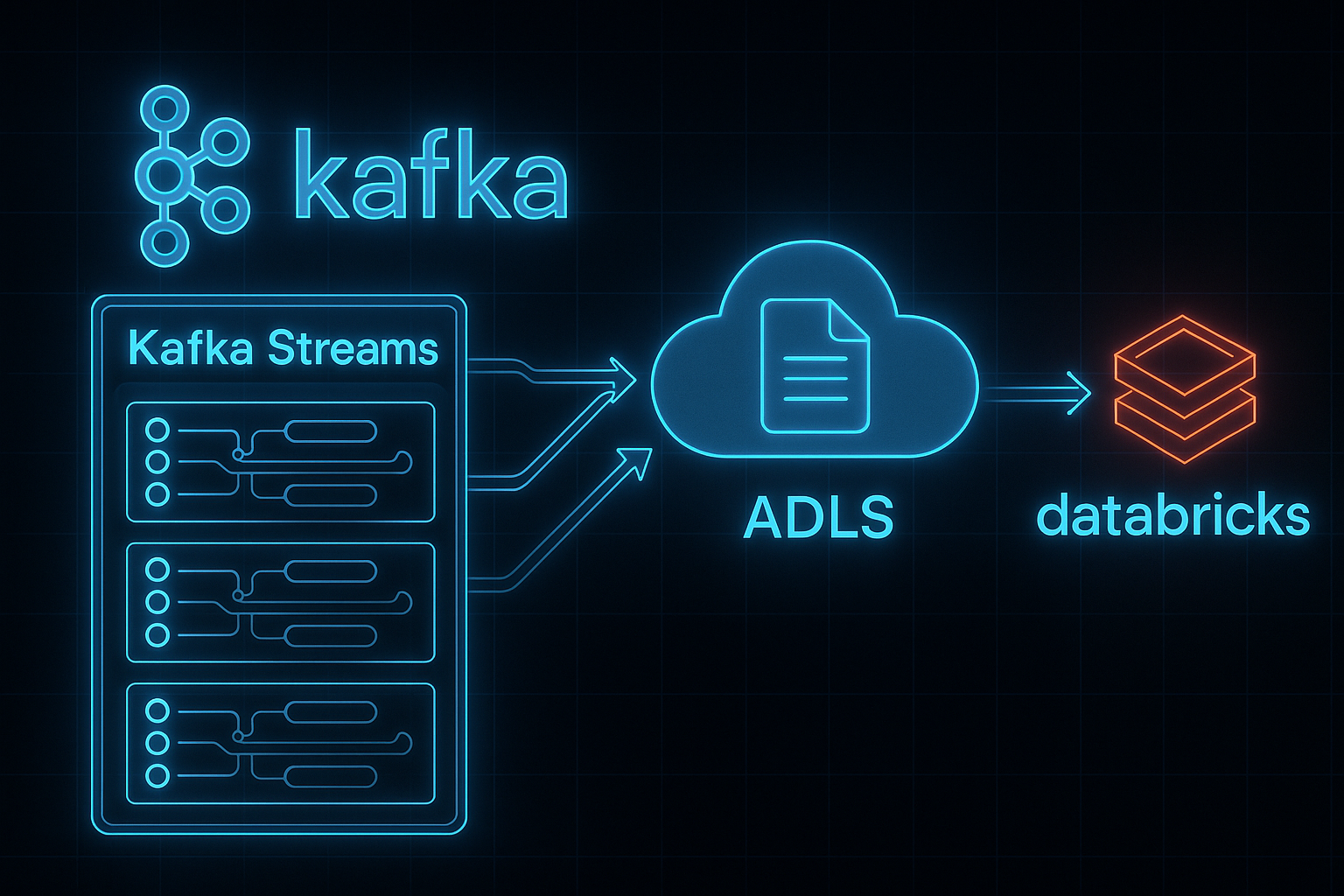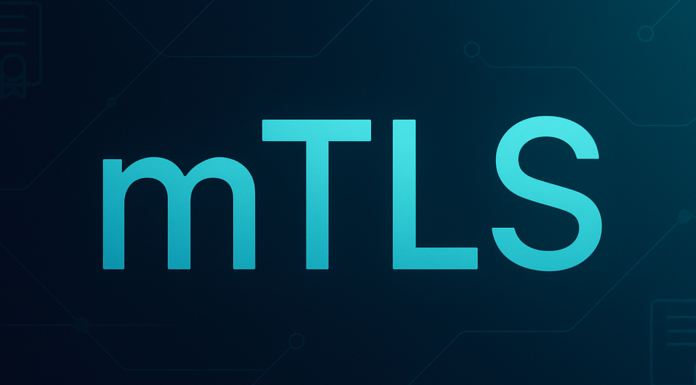Data Engineering
Databricks Data Engineer Associate preparation – Part 7 (clarifications for Exam Guide)
Vitalie - 0
Additional concepts mentioned in Exam GuideDownloadThe Lakehouse and Data Warehouse RelationshipA Modern ParadigmThe Data Lakehouse represents an evolution in data architecture, combining the best...
Mastering Databricks Engineering ConceptsData engineering on the Databricks platform is powerful, but several key concepts can be tricky. Misunderstanding the nuances of Delta Lake...
A Guide to Lakeflow Declarative Pipelines and Materialized ViewsThis chapter provides a detailed guide to building modern, reliable data pipelines in Databricks. We will...
Databricks Lakeflow: The Unified Ingestion EngineDatabricks Lakeflow represents the next evolution of data engineering on the Databricks platform. It unifies the concepts of batch...
A Comprehensive Guide to Structured Streaming in DatabricksStructured Streaming is Apache Spark's high-level API for processing real-time data streams. Its core innovation is treating...
From Raw Files to Reliable Tables: A Guide to Data IngestionDatabricks provides powerful and flexible ways to work with data where it lives, allowing...
Delta Lake: From Parquet to a Reliable LakehouseTo understand Delta Lake, let's start from scratch. Imagine a typical data lake: a vast storage system...
General terms and explanationsDatabricks - multi-cloud Lakehouse Platform based on Apache Spark.Multi-cloud Lakehouse PlatformA multi-cloud Lakehouse Platform is a data architecture that combines data...
As a Kafka consultant, I'm often asked how we can be 100% sure a complex streaming application works as expected. My answer has increasingly...
A practical guide to completing your TLS certificate chainTL;DRSpring Boot Admin showed my application as REGISTERED → OFFLINE because the server certificate I presented during...




